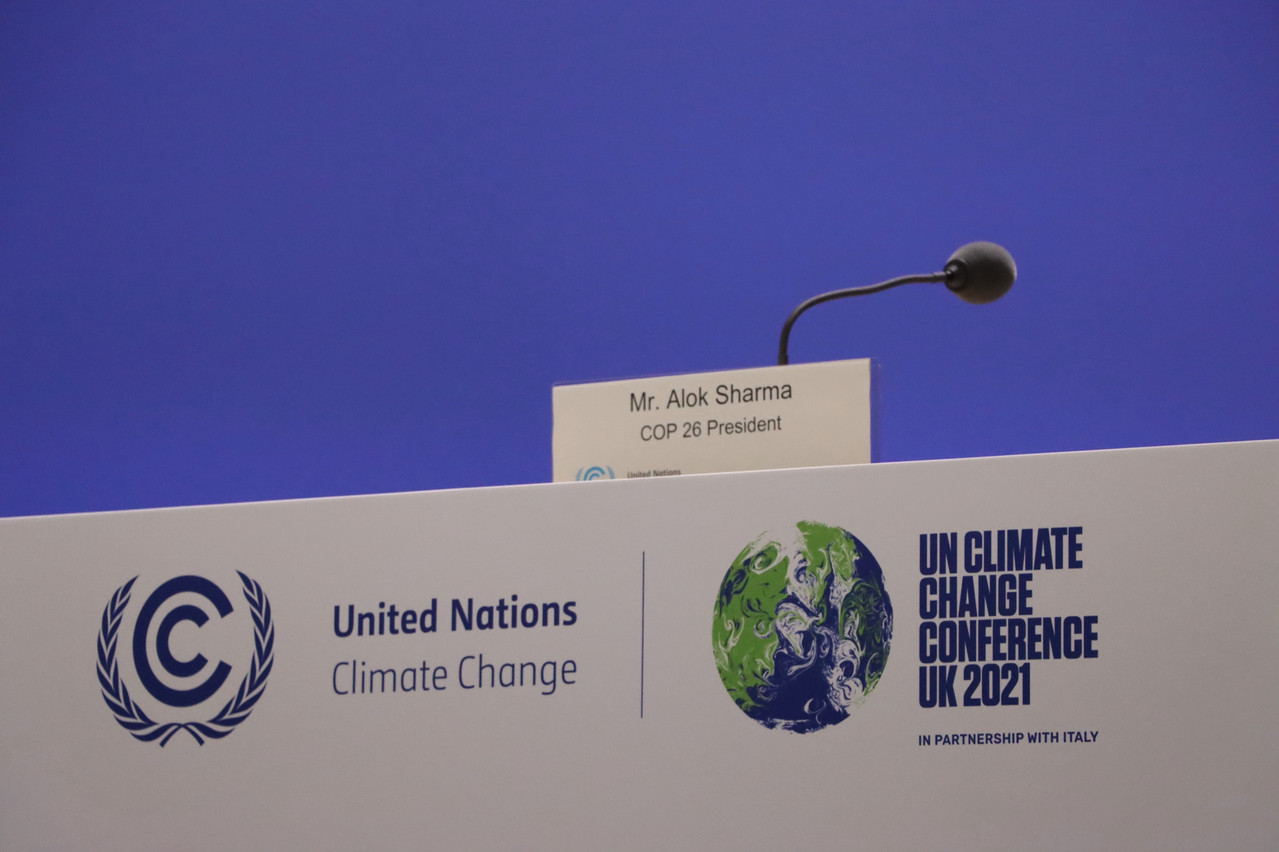COP26 in Glasgow did its job of bringing leaders to the table and listing the commitments they say they can make. It asked to seal these commitments, with varying degrees of detail.
For example, there was the positive emergence of unprecedented cooperation between China and the US, and more than 100 additional countries joined Europe and the US in the same goal of reducing carbon emissions by 30% by 2030. COP26 ensures that the monitoring of these targets will be strengthened. This was necessary. But what means of pressure or sanctions--in case of non-compliance--does it actually have?
In a statement, asset manager Schroders does not foresee “any impact on the financial markets in the short term, as there has been no real step forward”. According to Matt Christensen, head of sustainable and impact investing at Allianz GI, “the arrival of the concepts of Net Zero, Just Transition and Impact Investing is a new and positive element”.
In addition, more than 100 countries representing 90% of the world's forests , which is a step forward on the issue of forests, but a small step in the list of actions to be carried out concomitantly.
In the future, it is known that developed markets will provide more financial support to the emerging world, but this will not happen quickly. In 2009, rich countries pledged to make $100bn a year available to developing countries by 2020, from the public and private sectors.
But this target was not met, with the COP setting it for 2023. The risk is that these struggling countries will prefer to spend what few resources they have on climate adaptation rather than on stopping global warming.
Read also
The 1.5°C utopia
No, COP26 did not shine with a new aura, which we saw as being born of a post-covid awareness, shaking up hesitations, speeding up commitment, and giving concrete form to the duty. COP26 recorded, without shaking them up, the objectives that are achievable in the short, medium and long term. Even very long term, if we mention India, which has set its objective of gradually leaving the carbon era by 2070. Too long, according to the analysts, who all fear that the objective of reducing global warming to 1.5°C--which is expected to reach +2°C in 2050--will remain utopian due to slow decision-making and a lack of political leadership. Yet all agree that if governments were able to turn the promise into legislation that would drive action, they would then become an inspiring model for others.
Schroders goes even further on this point, adding that the probability of +2.5 or +2.7°C warming is becoming increasingly real. It also points to the “ambiguity” created by vague wording in the texts, such as that concerning the gradual abandonment of coal and fossil fuels, which was rejected by India and China because it was too restrictive for their taste. The message is clear: energy transition will not be prioritised over economic progress.
Christensen warns: “There is a significant multiplier effect for each element of action and inaction over the next few years.” At J.P. Morgan, a post-COP26 statement says: “If limiting global warming to below 1.5°C above pre-industrial levels is to remain within reach, rapid and decisive action was needed at COP26. While several new announcements were made in areas such as coal, deforestation and methane emissions, progress fell short of the scale and specificity required to give us confidence that climate disruption can be avoided.”
So COP26 continued on its mission, but seems to have ignored earlier warnings, especially about deadlines, causing economists to be more cautious, mixed with disappointment, conceding formal progress to be a small consolation prize in the face of expectations.
This story was first published in French on . It has been translated and edited for Delano.
